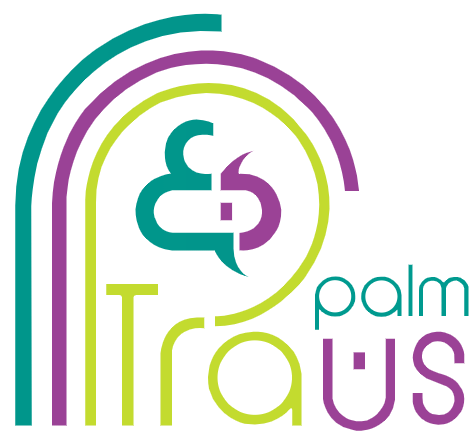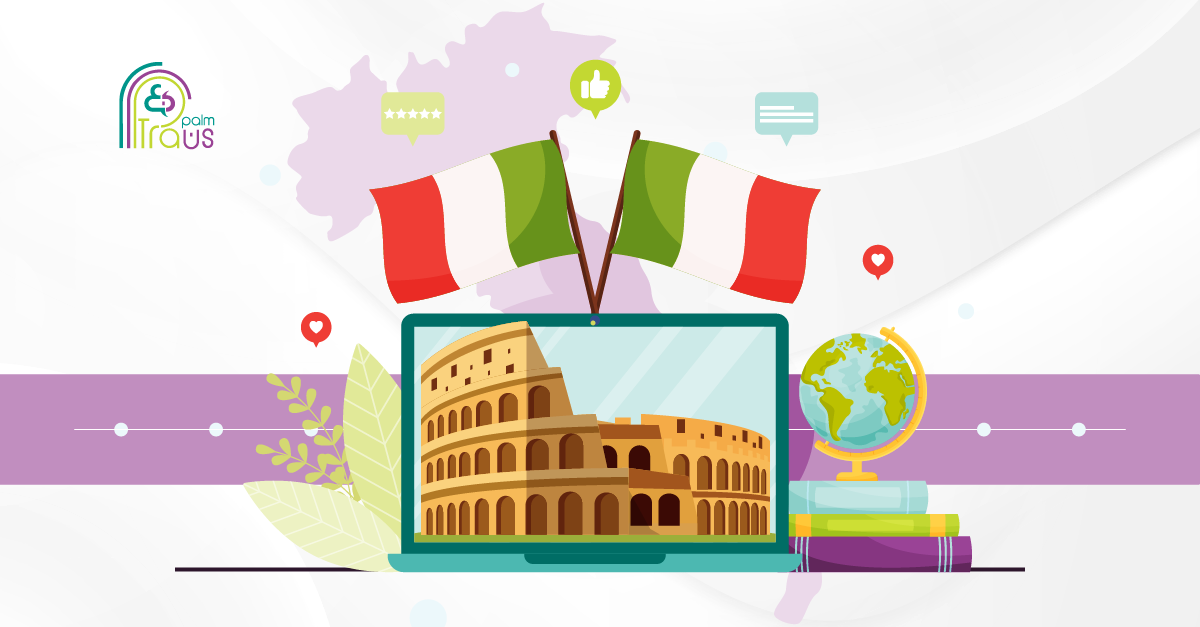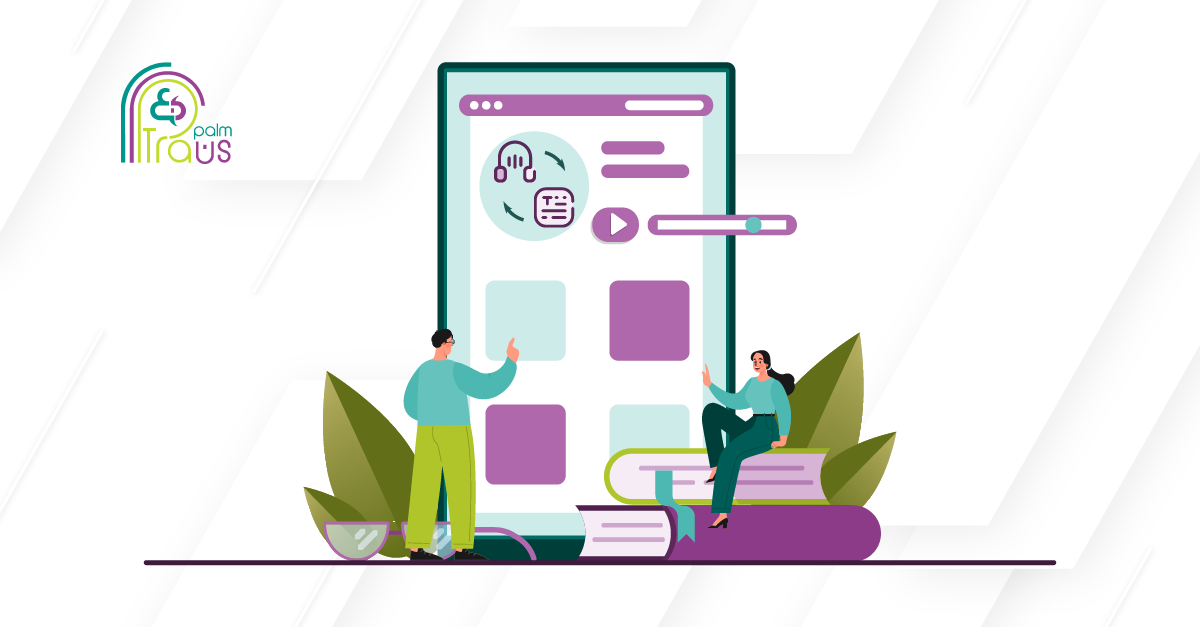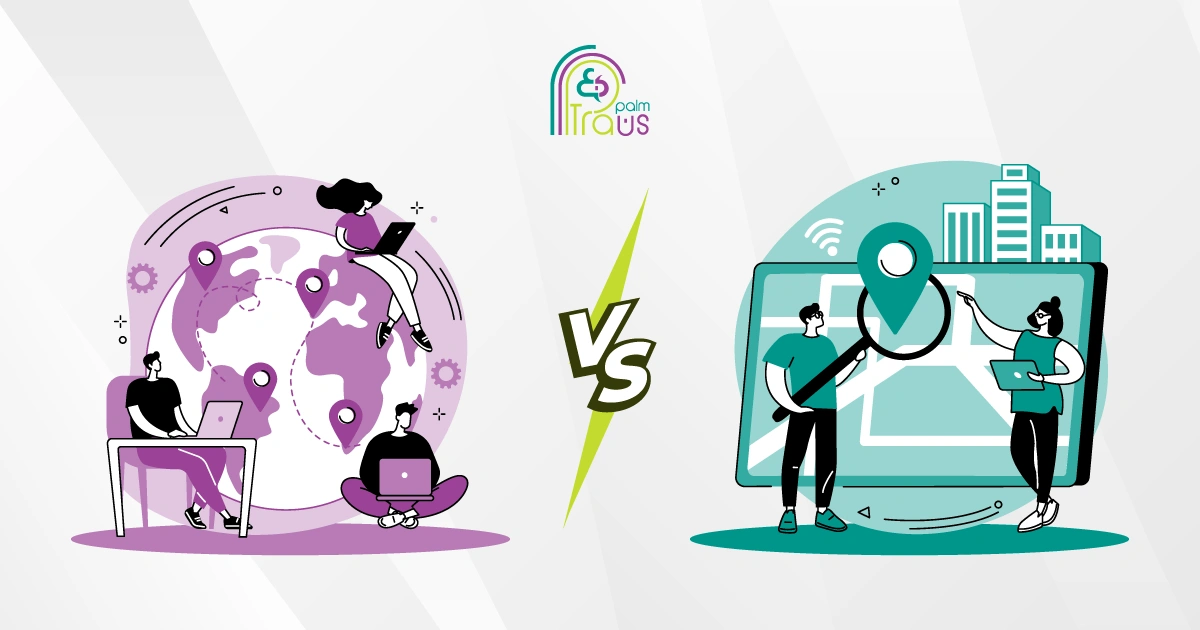When we mention medical software localization, precision is paramount. A single mistranslation can have dire consequences, even resulting in the loss of life. On the other side, accurate translations hold the key to advancing healthcare, effectively managing medical crises, and promoting healthier populations.
Medical devices are currently divided into over 7,000 generic device classes and are projected to have 2 million different types. However, how well do you think the MENA region is keeping up with the global medical software market?
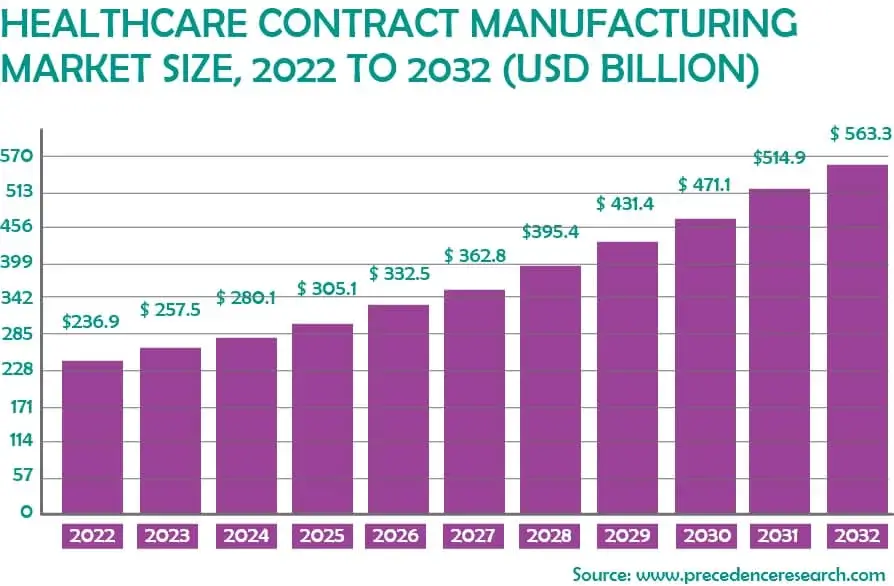
Basically, the medical software market in the MENA region is booming, thanks to population growth and the increasing demand for advanced healthcare technologies.
Though this presents a great opportunity for medical device manufacturers and suppliers, they still have a parallel need for professional medical software localization to bridge the language and cultural gaps and enhance the user experience.
So, in this blog, we’re diving deep into the present and prospects of this industry, the remarkable surge the MENA region is experiencing, the challenges that lie ahead, and the wide-open path for you to seize the opportunity and take the next big step.
What is Medical Software Localization?
Medical software localization is where the technical meets the cultural and innovation meets regulation. In other words, it is a multifaceted process that involves more than just translating software content word-for-word. It is about adapting your software to different cultures, languages, and user expectations while ensuring adherence to regional regulations and standards.
So, as a major part of the e-health industry, medical software localization leverages local, regional, and global healthcare. It reaches your target audience successfully through several vital pillars, including cutting-edge technologies, accurate medical translation, cultural adaptation, quality assurance, etc.
In essence, you can use medical translation and localization to translate user interfaces, packaging, medical device instructions, and every other relevant piece of content. This doesn’t only lower the chance that your devices will be misused or interpreted poorly, but it also enhances your user experience and promotes adoption speed.

And most of all, adopting this medical software localization customer-centricity has huge value for your business. With localization, your business can understand and respond to the needs of global users, which accordingly helps you:
- Explore new growth opportunities, such as introducing new products or solutions for your new audiences.
- Increase brand awareness and engagement, helping you improve your business reputation, position yourself in new global markets, and gain a valuable advantage in an increasingly competitive market.
- Increase sales and profit: Did you know that customer-centric companies are 60% more profitable compared to companies that are not focused on the customer?
Now, are you curious about the current and future state of the industry in the region?
A Current and Future Outlook for Medical Software Localization in the MENA Region
Medical device technology has made incredible strides in recent years, which has resulted in a considerable increase in the number of medical devices on the market and the need for the critical functions that devices perform. And the Middle East is no exception.
The Middle East’s steadfast adherence to technology, coupled with the region’s surging demand for advanced medical devices and a notable shift towards patient-centered healthcare, has created a highly favorable environment for the growth and success of the regional medical device market.
This increasing diversity of medical software demands in the region has created opportunities for domestic and international medical device manufacturers to introduce innovative products and expand their market presence.
And with that comes a corresponding need for medical software localization to meet the region’s diverse needs.
According to the World Health Organization, by 2050, half of the countries in the region are expected to experience a population increase of 50% or more from their 2015 levels.
Since 2016, the MENA region’s health-tech startup ecosystem has grown dramatically, reaching a remarkable value of more than $1.5 billion. This is a staggering 22-fold rise in just a few years.
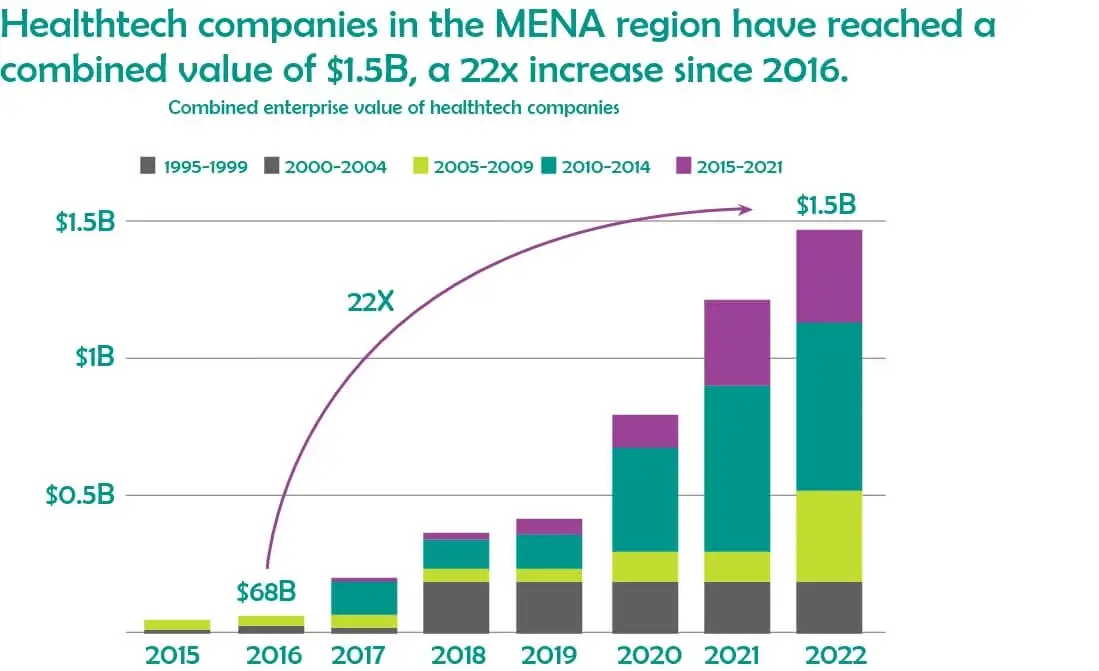
Simultaneously, the medical device market in the MENA region is poised for development, with a projected compound annual growth rate (CAGR) of 3.6% from 2020 to 2027. This growth trajectory indicates a notable increase from the market’s $16,597.4 million in 2019 to an estimated value of $21,802.3 million.
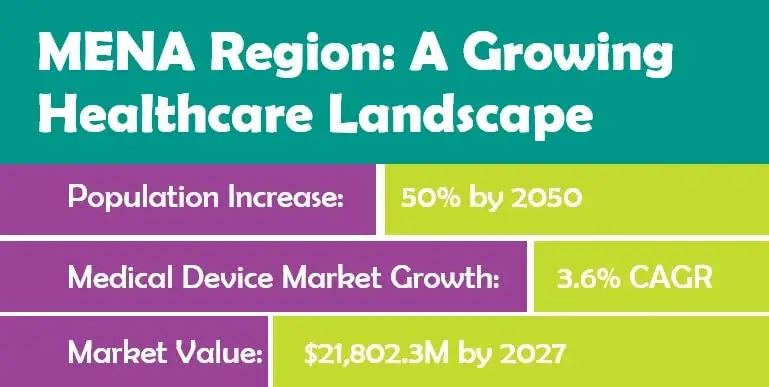
Thus, driven by a growing population, increased healthcare expenditure, and a rise in chronic diseases, there has been a specific emphasis on technological solutions that enhance diagnosis, treatment, and patient care across diverse medical specialties.
What do you believe to be the region’s top two nations, though? Maybe you guessed it right!
KSA
In 2016, the Kingdom of Saudi Arabia dominated the Middle Eastern medical device market and was the region’s top revenue generator. However, KSA and the UAE are locked in fierce competition, vying for prominence, and both countries proudly showcase strong track records.
In fact, Saudi Arabia is leading the region to achieve self-sufficiency in healthcare technology, which is becoming essential. And the increasing number of medical device manufacturing companies in the nation serves to emphasize this even more.
Besides, the Saudi Food and Drug Authority (SFDA) plays a crucial role in the meticulous regulation and efficient streamlining of the pharmaceutical, medical device, and medical supply industries.
UAE
The UAE has become a trailblazer in the medical devices field, with notable accomplishments and advancements in the industry.
Among them is the establishment of Dubai Healthcare City (DHCC) as a thriving hub for innovation and research. Also, Dubai has been promoting local manufacturing through investments by the Advanced Technology Research Council (ATRC).
Not to mention the adoption of advanced technologies such as telemedicine and electronic health records by the Dubai Health Authority (DHA), which has further propelled the UAE’s position globally.
Additionally, the country’s success in medical tourism has contributed to the growth of advanced medical facilities and the demand for high-quality healthcare services.
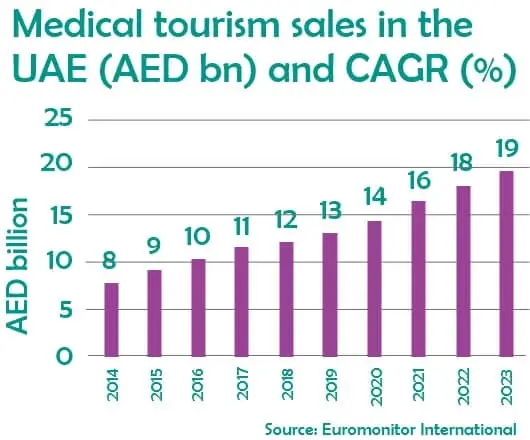
The country has also invested in advanced healthcare infrastructure, such as the Dubai Biotechnology and Research Park (DuBiotech) and the Dubai Science Park.
6 Medical Software Localization Challenges in the MENA Region
The world of medical software localization is full of opportunities, but it also comes with its fair share of challenges.
Here, we explore these hurdles in detail and provide solutions to help you strategize successfully for your MENA users.
- Language Diversity
The linguistic diversity of the Middle East is a primary consideration in medical software localization. While Arabic is the most widely spoken language in the area, it encompasses a multitude of different dialects.
Moreover, many population groups within the region speak languages other than Arabic, emphasizing the need for meticulous attention to ensure clear and effective communication.
For example, in countries like Egypt, where Egyptian Arabic is prevalent, you need a deep understanding of the unique vocabulary and pronunciation of the dialect to ensure effective communication. Similarly, in the Gulf countries, adapting to the distinct characteristics of the Gulf Arabic dialect is necessary to ensure accurate comprehension among users.
Also, considering languages like Urdu, Farsi, and Kurdish in regions such as Iran expands the reach of medical software, making it more accessible to diverse language communities.
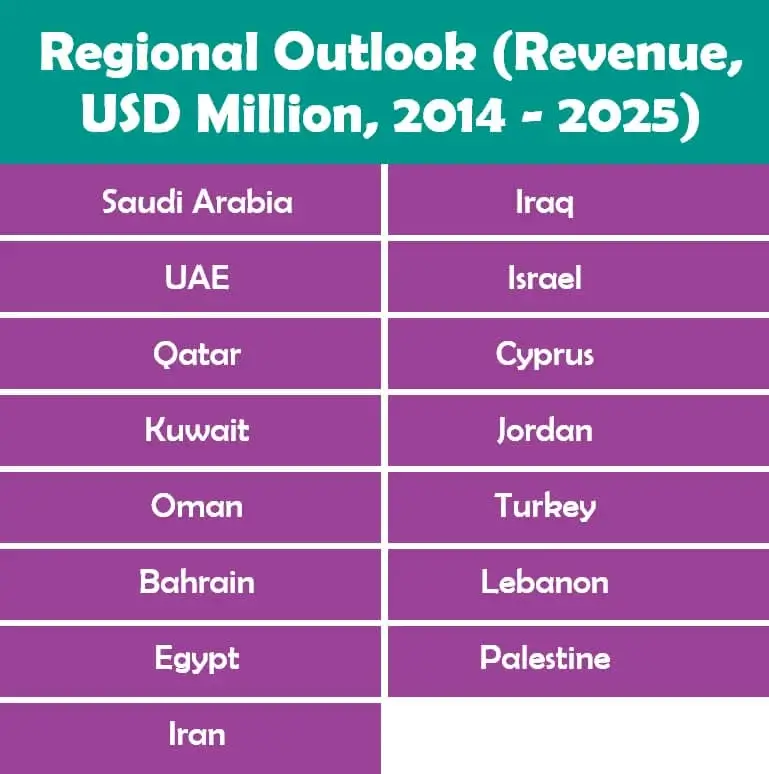
Hence, to effectively reach and engage with these diverse populations, it is crucial to accurately translate the medical software into the relevant languages and ensure that the translations are linguistically and culturally appropriate.
This involves not only accurately translating text but also taking into account the nuances, idiomatic expressions, and cultural sensitivities specific to each language.
- Cultural Sensitivity
Cultural sensitivity is essential in medical translation, as it plays a central role in adapting and using medical software.
For instance, in Saudi Arabia, where privacy and modesty are highly valued, medical software should incorporate features that protect personal information and respect user preferences.
Similarly, in several Arab countries, caution should be exercised when handling sensitive medical data or displaying specific images to ensure adherence to cultural norms.
- Attitudes towards Healthcare
It might be challenging to fine-tune your medical device software to embrace diverse attitudes and perceptions and meet your target local population’s specific needs and expectations.
For instance, in communities such as Egypt, traditional and alternative medicine practices hold significant sway alongside conventional treatments. Imagine including features related to herbal remedies and alternative healing methods.
In several Gulf countries, doctors are revered as authoritative figures in healthcare. But not all patients share the same outlook. Some seek collaboration and open communication.
Thus, bridging the gap with local healthcare partnerships in the region would be essential, empowering patient engagement, seamless communication, and shared decision-making.
User Experience
The user experience design of your medical device or app should be adapted to local cultural preferences. This includes various factors like color schemes, layout, icons, and symbols that resonate with the target audience.
For example, color schemes hold cultural significance or evoke positive associations; using shades of blue to symbolize trust and stability can be effective in many Arab countries. In Egypt, green represents fertility and growth, while in Saudi Arabia, white symbolizes purity and peace.
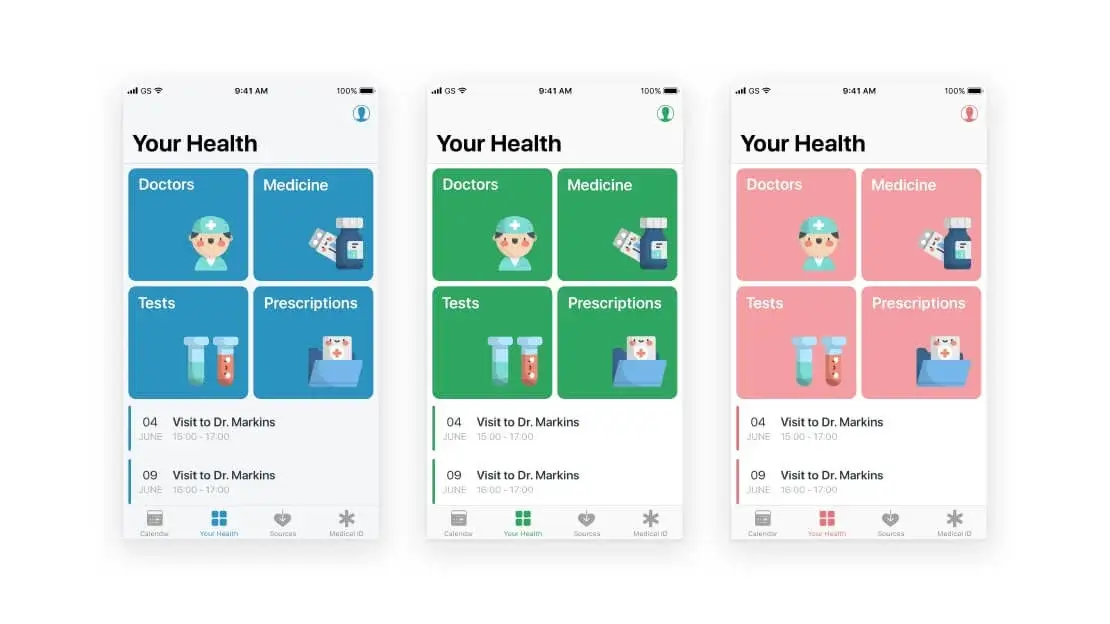
Icons and symbols should be culturally relevant and recognizable as well. For instance, incorporating traditional symbols or motifs from the region’s rich heritage can create a sense of familiarity and connection.
Additionally, user interfaces should also be intuitive and easy to navigate for individuals with varying levels of technological literacy.
Religious Observances
Patients’ religious observances and practices can significantly affect healthcare delivery and patient preferences.
For example, dietary limitations; People who follow a halal diet must adhere to specific rules for preparing and eating their food.
A medical app that does not comply with these dietary restrictions may inadvertently suggest foods or ingredients that are not compliant with religious practices. In return, it can cause confusion, frustration, and even health risks for patients who follow these guidelines.
Technical Infrastructure
Medical localization must be modified to function in diverse technical environments, including those with fewer resources. These issues are not specific to the Middle East, but the region’s language, culture, and legal framework make them especially pressing.
The Global Competitiveness Index (GCI), developed by the World Economic Forum (WEF) to assess global economic competitiveness, includes a measurement of digital readiness in the MENA region. It considers factors such as internet penetration, mobile phone subscription rates, and the prevalence of digital payment methods.
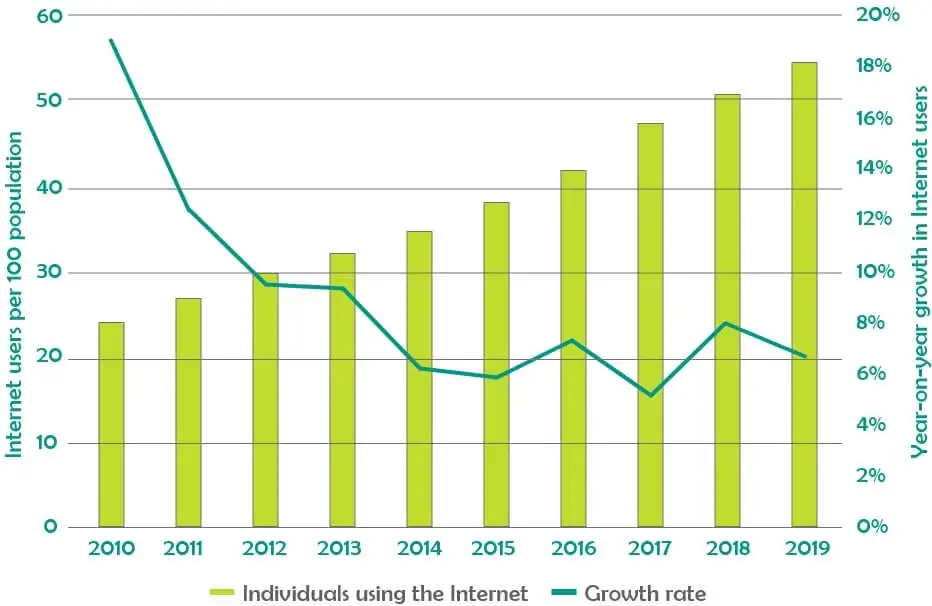
For instance, rural areas in countries like Iran often face issues such as slow internet speeds and limited access to electricity. Similarly, Egypt encounters challenges, including low internet penetration rates, limited access to digital devices, and a lack of digital literacy.
Consequently, these regional variations significantly impact the adoption of health IT in the region, necessitating the adaptation of medical software for less powerful devices and non-technical users in countries with limited healthcare infrastructure.
Medical Device Localization ISO Certificates
Quality and Compliance: The Role of ISO Standards in Medical Device Localization
Which ISO certifications should your medical localization partner obtain, and why are these certifications essential for your medical device's success? Learn more in this FREE guide.
Medical Device Localization Errors: Live Examples
When it comes to medical software translation, the world of medical devices harbors a hidden danger. These seemingly innocuous errors can exact a hefty toll in terms of finances and the well-being of patients.
As a result, governments play a global role as mentors, cautiously observing the proper use of medical technology while recording any accidents resulting from its incorrect usage.
Now, brace yourself for a brief journey through a significant incident of medical software localization blunders.
Medtronic Company Case
In 2019, Medtronic, a leading medical technology company, had a localization problem with its Medtronic MiniMed Paradigm insulin pump.
The issue was related to the device software translation from English to Arabic, which resulted in incorrect information being displayed on the device’s screen, potentially leading to an inaccurate dosage or administration of insulin.
Fortunately, Medtronic took prompt action by issuing a PDF file apologizing to customers for the issue and announcing a software update to fix the localization problem.
The company also provided instructions to customers on how to check their device to ensure it was functioning correctly.
Design
Why Do You Need to Partner with a Professional Translation Agency?
By partnering with an experienced medical localization company, you can ensure that your medical devices serve their intended function, are seen by their target market, and uphold a great reputation.
A localization company with the necessary expertise has a solid understanding of the significance of your multilingual medical device as well as the capabilities to bring it to different foreign audiences worldwide. With a combination of technology and experts, they strengthen your position in the rapidly expanding market, assist you in overcoming the difficulties of localization, reduce error rates, and become your partner in success.
TransPalm Medical Software Localization Services: Push The Boundaries
Discover a world of limitless potential with TransPalm by your side. Together, we’ll navigate the complexities of localization, overcome its challenges, and ensure a successful market entry.
Our unrivaled expertise and comprehensive language solutions empower you to embark on a seamless journey that effortlessly transcends language barriers. Moreover, expand your horizons and effortlessly reach diverse populations spanning over 120 languages worldwide.
TransPalm’s ultimate goal is to establish a strong and lasting connection with your target customers. As an officially certified translation agency, TransPalm holds both ISO 9001 and ISO 17100 certifications, assuring you the highest standards of quality and integrity.
